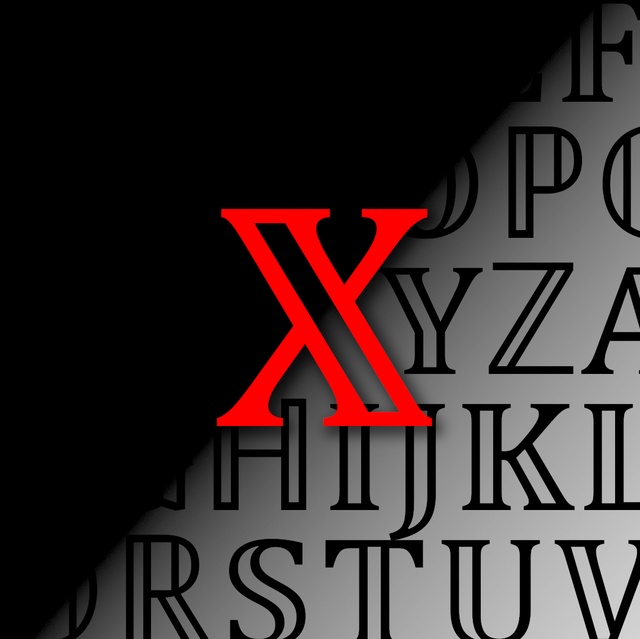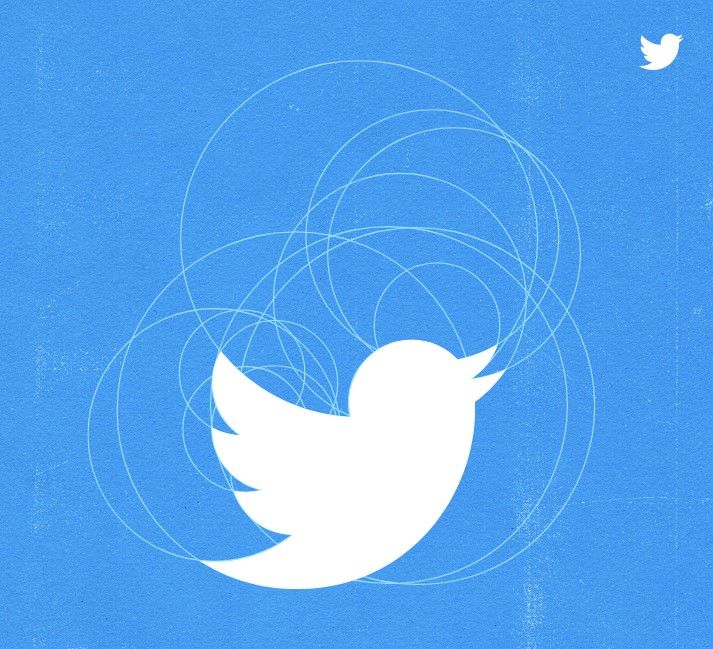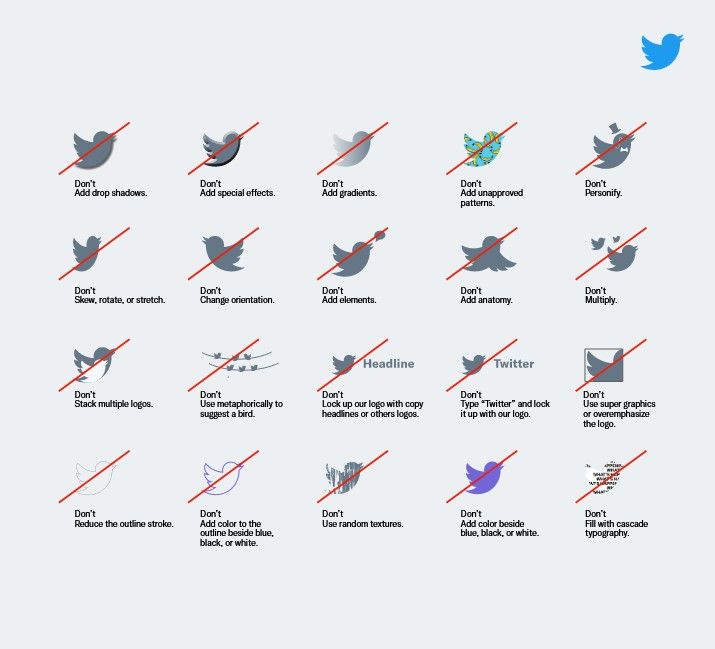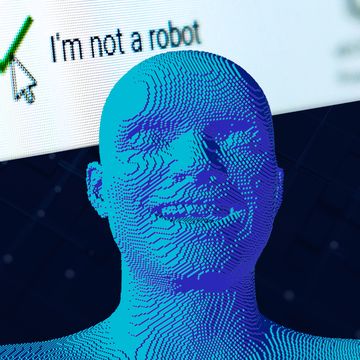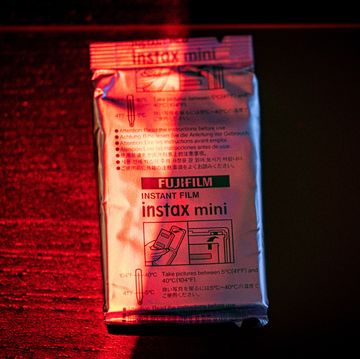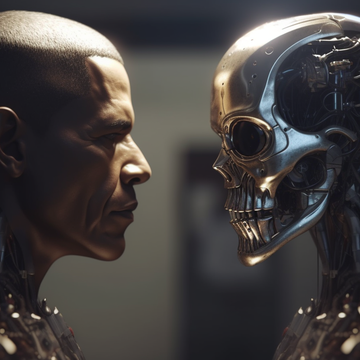- Twitter’s new logo is a Unicode character from a math alphabets subset.
- The previous logo was refined over more than a decade and heavily regulated online.
- The “Twitter X” dates back to 2001 as part of Unicode.
Social media is on fire this week, following the very sudden rebranding of Twitter as just “X,” or, to be specific, “𝕏.” This decorative-looking version of the letter X is part of the extended character set known as Unicode, which means it was introduced at some point with a purpose. This also seems to mean that Elon Musk chose just one character, typed in a regular font, as the logo to replace the decade-plus-old Twitter logo that’s recognizable around the world.
Why the Bird Matters
Corporate logos are a big deal. Corporate logos for gigantic, international culture shifters like Twitter are an even bigger deal. You may remember the 2008 Pepsi rebranding that included a design ideas PDF titled “Breathtaking”. Twitter’s most recent version of the bird logo has a rationale (PDF) that is way less batty, but not necessarily less studied. The branding materials show that the bird is made by coloring in the overlaps made by dozens of concentric circles, and the rules define exactly how it can be used by third parties.
In part, Twitter arguably became a household name due to its ability to cooperate with other sites and third-party apps like TweetDeck, enabling a way to display tweets outside of its own domain. It’s become a joke that embedding tweets has replaced journalism at times, but the fact is, Twitter made it accessible to do that, encapsulating posts on outside sites with a result that looked, well, just like Twitter. That means every shared tweet was a de facto brand boost and link to Twitter itself, rather than a quotation in the text of an article.
Twitter has been associated with a bird mascot since almost its inception, and a different version of the bird icon began appearing on the site in 2009. The specific light blue color of Twitter is part of its branding. As I’m writing this, the About Twitter subdomain still has the original materials, logo, and even the browser tab icon of the blue bird. (It also has the ghost of Twitter’s hiring page.) But on the main site, all of this branding has been replaced with a sans serif rendering of 𝕏.
What’s the Deal With 𝕏?
What is this new symbol, though? Why is it in Unicode? Well, the Unicode symbol dates back to 1999, when experts Murray Sargent III and Barbara Beeton proposed including a wider set of mathematical alphabets in Unicode. The set was introduced in Unicode 3.1 in 2001. When mathematical symbols are included in Unicode, they become far more accessible to the entire world. Someone in the United States can type math in plain text form via their keyboard, and transmit it to a colleague in China or India in a format they can easily render and translate if needed. This doesn’t rely on handwriting or cumbersome image files.
So what mathematical purpose does the set of mathematical alphabets serve? This varies enormously. Even if you’re not a particular math enthusiast, you still know about the point where math starts to introduce letters as variables. The complaint “why are there letters in my math?” is practically a cliche at this point. And letters of different type treatments continue to be vital to higher and higher-level mathematics. The double-stroke letters, also known as blackboard bold, are used most often to describe high-level sets of numbers:
- ℂ: complex numbers
- ℕ: natural numbers
- ℙ: primes
- ℚ: rational numbers
- ℝ: real numbers
- ℤ: integers
The origins of this notation are pretty simple to explain, too—it’s because mathematicians have always needed a way to make certain things stand out when they’re writing mathematical expressions, ideas, and proofs, whether on paper or on blackboards. The double-stroke letters just represent turning the chalk on its side and drawing a wide stroke.
It’s a curious choice for a massive international entity to choose a plaintext Unicode character as its “logo,” but the double-stroke 𝕏 has cool company among the equally international symbols for prime numbers or integers. But since this new logo didn’t cost anything, the least Twitter owner Elon Musk could do is sponsor it through Unicode, with proceeds to support the Unicode Consortium. Even the gold level is just $5,000.

Caroline Delbert is a writer, avid reader, and contributing editor at Pop Mech. She's also an enthusiast of just about everything. Her favorite topics include nuclear energy, cosmology, math of everyday things, and the philosophy of it all.
